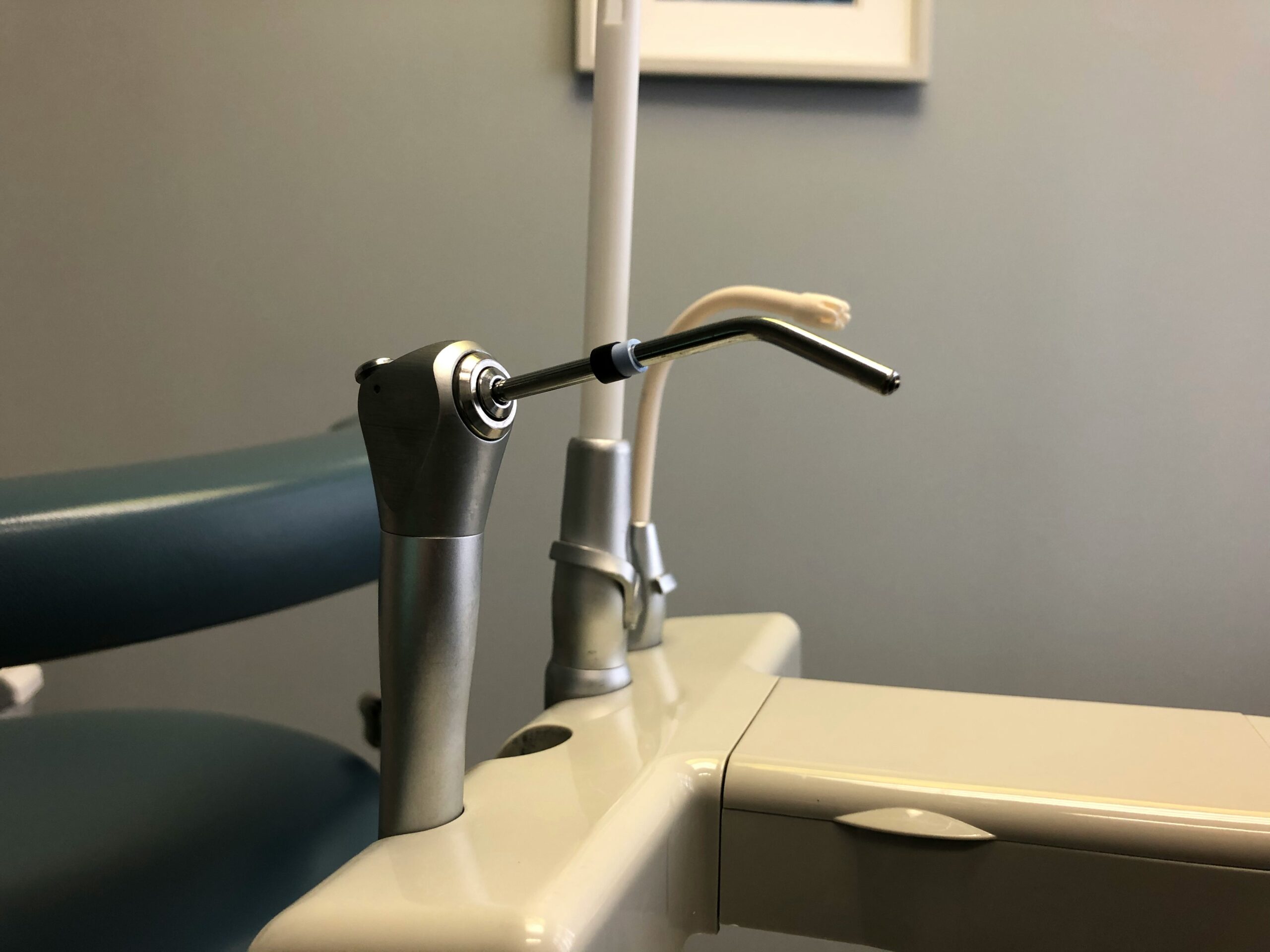Root canal therapy has long been a misunderstood dental procedure. While it has a reputation for being painful, advancements in modern dentistry have significantly improved both the treatment process and post-procedure recovery. For most patients, the pain is not caused by the procedure itself but by the underlying infection or tooth damage. Pain management during and after a root canal is crucial, and understanding what to expect can help alleviate anxiety and ensure a smoother experience.
In this article, we’ll explore the pain management techniques used during a root canal, what you can expect during recovery, and how to care for your tooth afterward to minimize discomfort.
Understanding the Root Canal Procedure
A root canal is a dental procedure designed to save a tooth that has become infected or damaged. The procedure involves removing the infected pulp from inside the tooth, cleaning and disinfecting the canals, and sealing them to prevent further infection. Once the tooth is sealed, it’s typically restored with a filling or crown to protect it.
The key goal of a root canal is to relieve the pain caused by the infected or damaged pulp, not to cause more pain. Thanks to local anesthesia and advanced technology, root canals are now more comfortable than ever, with many patients comparing the experience to getting a routine filling.
Pain Management During the Root Canal
The fear of pain often deters people from seeking a root canal, but the truth is that modern pain management techniques make the procedure nearly painless. Here’s how dentists manage pain during the treatment:
- Local Anesthesia: Before the root canal begins, your dentist will apply a local anesthetic to numb the tooth and surrounding area. This ensures that you won’t feel pain during the procedure. You might feel some pressure or vibrations from the dental instruments, but the anesthesia will block any sharp sensations.
- Sedation Options: For patients with dental anxiety or those undergoing complex root canal treatments, dentists may offer sedation options like nitrous oxide (laughing gas) or oral sedation. These methods help you relax during the procedure and can reduce any discomfort or nervousness.
- Advanced Instruments: The use of modern dental instruments, including rotary files and microscopes, allows for a more precise and efficient root canal procedure. These tools reduce the time spent in the chair and minimize any discomfort caused by prolonged treatment.
- Communication with Your Dentist: Throughout the procedure, your dentist will check in with you to ensure you’re comfortable. If you feel any discomfort, let your dentist know, as they can adjust the anesthesia or pause to give you a break.
What to Expect After the Procedure
After your root canal is complete, it’s normal to experience some mild discomfort as the anesthesia wears off and your body begins to heal. The level of discomfort varies from person to person, but most patients find it manageable with over-the-counter pain relievers and proper aftercare. Here’s what you can expect:
- Mild Soreness or Sensitivity: It’s common to feel some soreness or sensitivity in the treated tooth for a few days after the procedure. This discomfort is typically mild and can be managed with ibuprofen or acetaminophen. The soreness occurs because the tissues around the tooth may be inflamed from the infection or the procedure itself.
- Gum Sensitivity: The area around the tooth and gums may also feel tender, especially if a rubber dam or other tools were used during the procedure. Again, this sensitivity should subside within a few days.
- Swelling: Some patients experience mild swelling in the area around the treated tooth, which can be alleviated by applying a cold compress to the outside of the cheek. This should only last for a day or two.
Pain Management After a Root Canal
To ensure a smooth recovery and manage any post-procedure discomfort, your dentist will likely recommend the following pain management strategies:
- Over-the-Counter Pain Relievers: Non-prescription pain medications like ibuprofen (Advil) or acetaminophen (Tylenol) are usually sufficient to manage any discomfort after a root canal. These medications not only relieve pain but also reduce inflammation, helping your body heal more quickly.
- Prescribed Medication: In rare cases where the discomfort is more significant, your dentist may prescribe a stronger pain reliever for a short period. However, this is uncommon, and most patients find over-the-counter medications to be effective.
- Rest and Recovery: Give your body time to heal by avoiding strenuous activities for the first 24-48 hours after your root canal. Resting will help reduce inflammation and promote faster healing.
- Avoid Chewing on the Treated Tooth: Until your tooth has been fully restored with a filling or crown, avoid chewing on the treated tooth. This reduces the risk of further irritation or damage to the tooth.
- Maintain Good Oral Hygiene: Keeping your mouth clean is essential for preventing infection and promoting healing. Continue to brush and floss as usual, being gentle around the treated area. Rinse with warm salt water to reduce swelling and keep the area clean.
When to Contact Your Dentist
While mild discomfort after a root canal is normal, there are some signs that could indicate a problem and warrant a follow-up visit to your dentist:
- Severe Pain: If your pain is severe or worsening after a few days, it could be a sign of a complication, such as an infection or incomplete cleaning of the canals.
- Persistent Swelling: If swelling does not subside after a few days or is accompanied by fever, it may be a sign of infection.
- Bite Issues: If your bite feels uneven or painful when chewing, it’s possible that the filling or crown isn’t properly aligned, and your dentist will need to adjust it.
Long-Term Outlook
Once the initial discomfort subsides, your tooth should feel and function like any other tooth. A root canal restores the health of the tooth, allowing you to chew and bite normally. With proper care, the treated tooth can last a lifetime, and the pain or discomfort that led you to seek treatment should be gone.
Conclusion
Root canals have come a long way in terms of pain management and patient comfort. With modern anesthesia, sedation options, and advanced tools, the procedure is no longer the painful experience it once was. By understanding the pain management techniques used during and after a root canal, you can approach the procedure with confidence and minimize any discomfort. If you experience symptoms that may require a root canal, don’t delay seeking treatment—early intervention can prevent more serious complications and help preserve your tooth for years to come.


